
The History of the Decline and Fall of the Roman Empire, sometimes shortened to Decline and Fall of the Roman Empire, is a six-volume work by the English historian Edward Gibbon. The six volumes cover, from 98 to 1590, the peak of the Roman Empire, the history of early Christianity and its emergence as the Roman state religion, the Fall of the Western Roman Empire, the rise of Genghis Khan and Tamerlane and the fall of Byzantium, as well as discussions on the ruins of Ancient Rome.

The John Newbery Medal, frequently shortened to the Newbery, is a literary award given by the Association for Library Service to Children (ALSC), a division of the American Library Association (ALA), to the author of "the most distinguished contributions to American literature for children". The Newbery and the Caldecott Medal are considered the two most prestigious awards for children's literature in the United States. Books selected are widely carried by bookstores and libraries, the authors are interviewed on television, and master's theses and doctoral dissertations are written on them. Named for John Newbery, an 18th-century English publisher of juvenile books, the winner of the Newbery is selected at the ALA's Midwinter Conference by a fifteen-person committee. The Newbery was proposed by Frederic G. Melcher in 1921, making it the first children's book award in the world. The physical bronze medal was designed by Rene Paul Chambellan and is given to the winning author at the next ALA annual conference. Since its founding there have been several changes to the composition of the selection committee, while the physical medal remains the same.
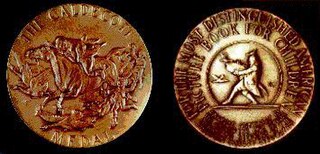
The Randolph Caldecott Medal, frequently shortened to just the Caldecott, annually recognizes the preceding year's "most distinguished American picture book for children". It is awarded to the illustrator by the Association for Library Service to Children (ALSC), a division of the American Library Association (ALA). The Caldecott and Newbery Medals are considered the most prestigious American children's book awards. Besides the Caldecott Medal, the committee awards a variable number of citations to runners-up they deem worthy, called the Caldecott Honor or Caldecott Honor Books.

John Newbery, considered "The Father of Children's Literature", was an English publisher of books who first made children's literature a sustainable and profitable part of the literary market. He also supported and published the works of Christopher Smart, Oliver Goldsmith and Samuel Johnson. In recognition of his achievements the Newbery Medal was named after him in 1922.

Jennifer L. Holm is an American children's writer, and recipient of three Newbery Honors and the Eisner Award.
The Michael L. Printz Award is an American Library Association literary award that annually recognizes the "best book written for teens, based entirely on its literary merit". It is sponsored by Booklist magazine; administered by the ALA's young-adult division, the Young Adult Library Services Association (YALSA); and named for the Topeka, Kansas, school librarian Mike Printz, a long-time active member of YALSA. Up to four worthy runners-up may be designated Honor Books and three or four have been named every year.

Christopher Paul Curtis is an American children's book author. His first novel, The Watsons Go to Birmingham – 1963, was published in 1995 and brought him immediate national recognition, receiving the Coretta Scott King Honor Book Award and the Newbery Honor Book Award in addition to numerous other awards. In 2000, he became the first person to win both the Newbery Medal and the Coretta Scott King Award—prizes received for his second novel Bud, Not Buddy—and the first African-American man to win the Newbery Medal. His novel The Watsons Go to Birmingham – 1963 was made into a television film in 2013.

Marguerite de Angeli was an American writer and illustrator of children's books including the 1950 Newbery Award winning book The Door in the Wall. She wrote and illustrated twenty-eight of her own books, and illustrated more than three dozen books and numerous magazine stories and articles for other authors.
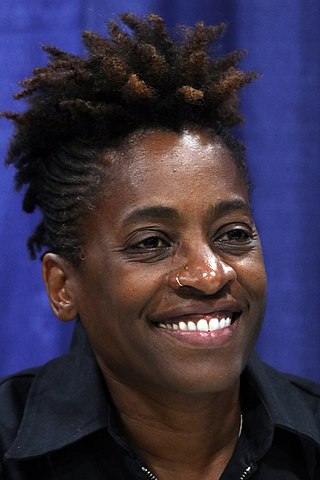
Jacqueline Woodson is an American writer of books for children and adolescents. She is best known for Miracle's Boys, and her Newbery Honor-winning titles Brown Girl Dreaming, After Tupac and D Foster, Feathers, and Show Way. After serving as the Young People's Poet Laureate from 2015 to 2017, she was named the National Ambassador for Young People's Literature, by the Library of Congress, for 2018 to 2019. Her novel Another Brooklyn was shortlisted for the 2016 National Book Award for Fiction. She won the Astrid Lindgren Memorial Award in 2018. She was named a MacArthur Fellow in 2020.
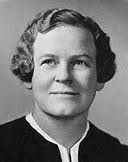
Alice Dalgliesh was a naturalized American writer and publisher who wrote more than 40 fiction and non-fiction books, mainly for children. She has been called "a pioneer in the field of children's historical fiction". Three of her books were runners-up for the annual Newbery Medal, the partly autobiographical The Silver Pencil, The Bears on Hemlock Mountain, and The Courage of Sarah Noble, which was also named to the Lewis Carroll Shelf Award list.
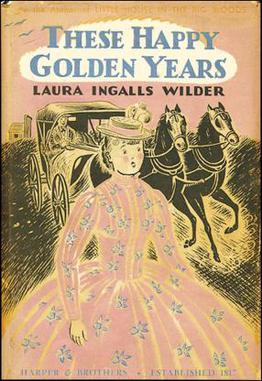
These Happy Golden Years is an autobiographical children's novel written by Laura Ingalls Wilder and published in 1943, the eighth of nine books in her Little House series – although it originally ended it. It is based on her later adolescence near De Smet, South Dakota, featuring her short time as a teacher, beginning at age 15, and her courtship with Almanzo Wilder. It spans the time period from 1882 to 1885, when they marry.
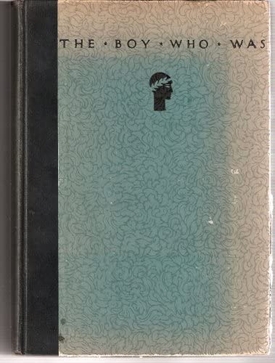
The Boy Who Was is a children's historical fantasy novel by Grace Taber Hallock. It tells the story of a human boy blessed with eternal life who participates in the march of history as it moves across the Bay of Naples for 3,000 years. Nino witnesses the destruction of Pompeii, the sack of Rome, the Children's Crusade, and the coming of Garibaldi. The novel, illustrated by Harrie Wood, was first published in 1928 and was a Newbery Honor recipient in 1929.
The Forgotten Daughter is a children's historical novel by Caroline Snedeker. It is set in ancient Rome, where a nobleman's daughter, believed dead, is being raised as the daughter of a slave. The novel, illustrated by Dorothy P. Lathrop, was first published in 1933 and was a Newbery Honor recipient in 1934.

George Washington's World is a children's history book by Genevieve Foster. The first edition, illustrated by the author, was published in 1941 and was a Newbery Honor recipient in 1942.
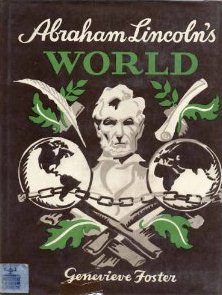
Abraham Lincoln's World is a children's history book by Genevieve Foster. Illustrated by the author, it was first published in 1944 and was a Newbery Honor recipient in 1945.
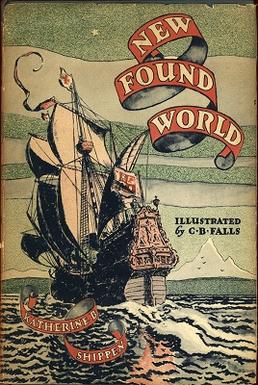
New Found World is a history of Latin America written for children by Katherine Shippen and illustrated by C. B. Falls. It covers the Aztec, the Mayan and the Inca civilizations, the Conquistadors, the search for El Dorado, the coming of Christianity, and the struggle for independence of the colonial powers. The book, illustrated by C. B. Falls, was first published in 1945 and was a Newbery Honor recipient in 1946.

Story of the Negro by Arna Bontemps is a children's history book published by Knopf in 1948. It was the first African-American authored book to receive a Newbery Honor.
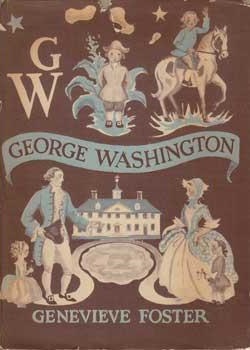
George Washington: An Initial Biography is a 1949 children's book written and illustrated by Genevieve Foster about the life of George Washington, the first President of the United States. Though written in simple language, the biography has been described as comprehensive and scrupulously authentic. The book was a Newbery Honor recipient in 1950.
Genevieve Stump Foster was an American children's writer who illustrated most of her own books. She was one runner-up for the annual Newbery Medal four times, one of four writers to do so.

The Road from Home: A True Story of Courage, Survival, and Hope, earlier titled The Road from Home: The Story of an Armenian Girl, is a non-fiction book written by David Kherdian, originally published in 1979. It is based on the life of the author's mother, Veron Dumehjian (1907-1981), who survived the Armenian genocide. During the deportations, the rest of her immediate family died. She returned to her native town, only to be displaced again by the Greco-Turkish War (1919–22). After settling in Smyrna, she was forced to flee once more due to the Great Fire of Smyrna. Veron escaped to ultimately settle in the United States. The book is widely read by middle school children throughout the U.S. and has been published throughout Europe. It has received a number of prestigious awards.

















